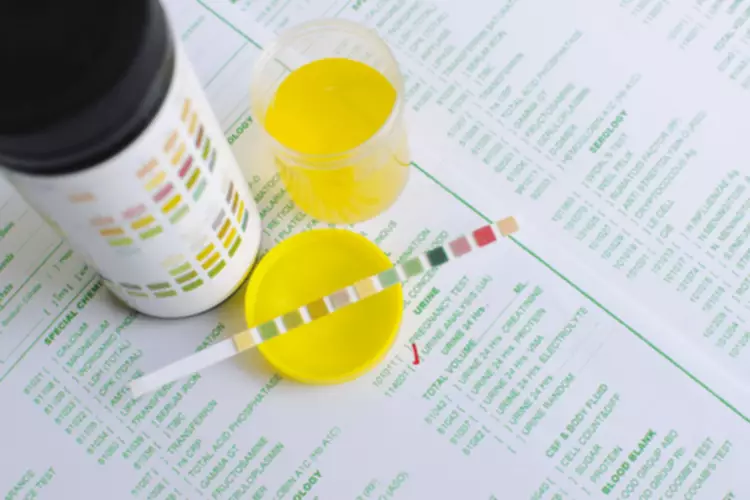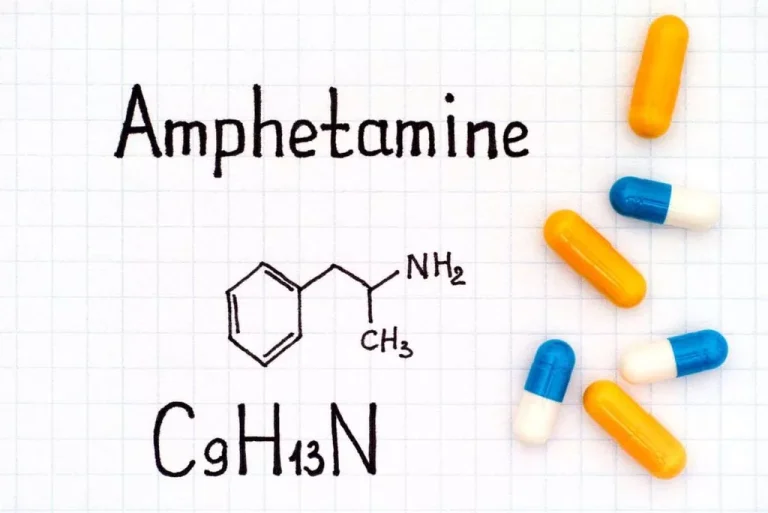
People used to believe that addiction only happened in certain areas, like in inner cities, or among specific groups of people, like those who were down and out. But addictions can happen anywhere, from college campuses to rural and suburban towns. And anyone can become addicted, from people experiencing homelessness to business executives. Addictions can start slowly as people experiment with different types of drugs. Or they can come on quickly, like what is now happening in the opioid crisis.

Addiction vs Dependence: Understanding the Key Differences and Implications

It is common, if not normal, to go through a stage of engaging in substance use or an addictive behavior without believing you are addicted. This is so common, in fact, that it has a name, the pre-contemplation stage. The leading source to diagnose and understand addiction comes from the Diagnostic and Statistical Manual of Mental Disorders (DSM). The DSM-IV defines dependence and abuse as two completely different disorders. In the most recent edition, however, it does not have this distinction. On the other hand, dependence refers strictly to a physical need for a substance.
Addiction treatment and recovery
When someone is dependent, their body adapts to a drug and requires more of it to achieve the same effect. No longer taking that drug produces symptoms, including withdrawal syndrome. Before any opioid regimen is prescribed, both the patient and doctor must work together to develop a plan in case the person patient begins to show signs of SUD. In such cases, the prescribing physician can promptly transition in the patient off of the medication and have them evaluated and treated for SUD.
Recognition and Diagnosis

Because of this confusion, some organizations prefer substance use disorder (SUD). In contrast, with SUD, a patient’s actions are directed primarily by an overwhelming need to accommodate the brain’s reward center, and the part of the brain that guides self-control and decision making is directly impeded. A patient with a SUD begins to lose the ability to effectively prioritize their well-being over the continued use of the drug.
Behavioral Flexibility
- For a person to be diagnosed with a substance abuse disorder, they must be consistently using alcohol or drugs.
- However, the most recent edition of the DSM no longer creates this distinction.
- Recognizing the difference between them can help you to speak with your providers, and also help you reach out if you have concerns.
- In this case, medical support may be required to help wean the individual off the drug.
- In such cases, the prescribing physician can promptly transition in the patient off of the medication and have them evaluated and treated for SUD.
There has been an evolving understanding that substance misuse relates to a complex set of variables that includes a person’s genetics as well as physical, mental, emotional and social factors. The medical community has typically thought of addiction as abuse of a substance that continues even when there are detrimental consequences, such as losing a job or developing physical issues like kidney damage or ulcers. Looking addiction vs dependence to the future, research continues to shed light on the intricate workings of dependence and addiction. From exploring new treatment modalities to understanding the genetic and environmental factors at play, the field is constantly evolving. It’s an exciting time, like being on the cusp of a new scientific breakthrough. Laws and policies often struggle to keep up with our evolving understanding of addiction disorders.
- Life without the substance seems scary and unmanageable—much different than a life without taking your shoes off before going inside.
- Simultaneously, physiological adaptations from ongoing usage can lead to tolerance and withdrawal upon discontinuation, highlighting the interplay between both concepts as they pertain to potential addiction.
- These facilities usually provide 24-hour medical support and are often led by a team of counselors, clinicians, and doctors.
- A luxury center with a maximum of 8 clients at a time treating addiction, dual diagnoses, and primary mental health concerns using adventure therapy, evidence-based modalities, and unique programs for long-lasting healing.
You’ll likely work with at least one therapist, along with medical professionals to manage withdrawal symptoms safely. You may also work with group therapists and providers specialized in trauma treatment, or another type of mental health condition. Integrating https://ecosoberhouse.com/ new habits, or stopping one, usually just takes a bit of focus and effort. It often requires professional help and detox services to safely undergo withdrawals. It can take months or years to mentally, physically, and spiritually recover.
- When symptoms of both physical and mental dependence are obvious, it usually indicates that addiction is present.
- The other major change relates to the elimination of the abuse/dependence dichotomy, given the lack of data supporting an intermediate stage.
- It’s a physical reliance on a substance, where the body has adapted to its presence and throws a tantrum (hello, withdrawal symptoms!) when deprived of it.
- It’s a thorny issue, like trying to navigate a rosebush maze blindfolded.
- For example, one person can take or leave an alcoholic, while another may try a drink once and feel an immediate draw to the substance, until it becomes essential.
And here, too, among the committee members, the decision to introduce the term «addictive» into the DSM-5 was arrived at through disagreements and non-consensus. Tolerance, that sneaky little devil, plays a role in both addiction and dependence. It’s like building calluses on your hands from playing guitar – the more you do it, the more you need to feel the same sensation.
Opioids: Understanding Addiction Versus Dependence

Addiction is a physiological or psychological need for a habit-forming substance, behavior, or activity. Additionally, undiagnosed or untreated mental health issues, such as depression, can be a predictor of eventual reliance on substances for self-management of negative affective states. One of the brain areas still maturing during adolescence is the prefrontal cortex—the part of the brain that allows people to assess situations, make sound decisions, and keep emotions and desires under control. The fact that this critical part of a teen’s brain is still a work in progress puts them at increased risk for trying drugs or continuing to take them. Introducing drugs during this period of development may cause brain changes that have profound and long-lasting consequences. Clear Recovery Center’s Virtual IOP provides clients with therapeutic support for burnout, depression, anxiety, chronic fatigue and stress.
And sometimes it takes more than one type of treatment to be successful. Speak with your doctor if you develop a tolerance to your medication or any other substance. If you are taking a prescription medication, your doctor may change the class of medication, which may affect your body in a different way.
wordpress theme by initheme.com

